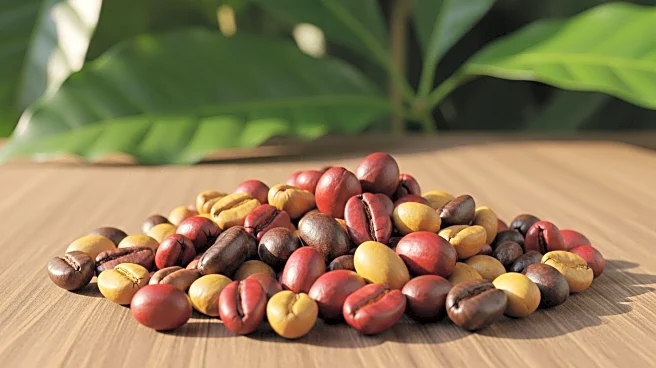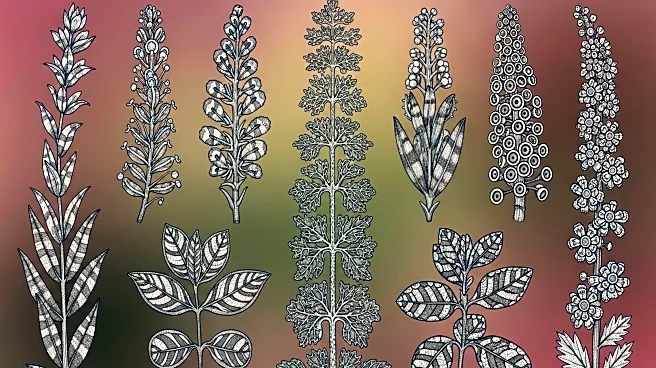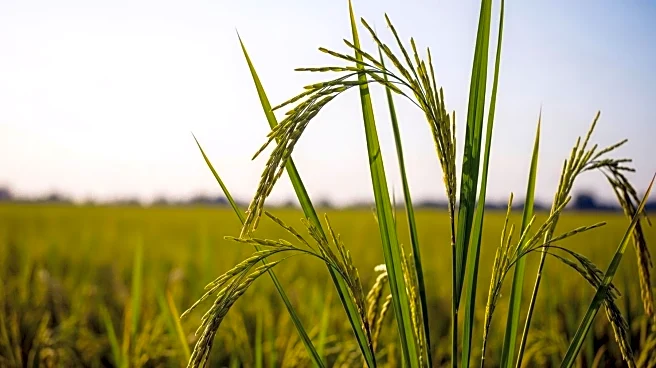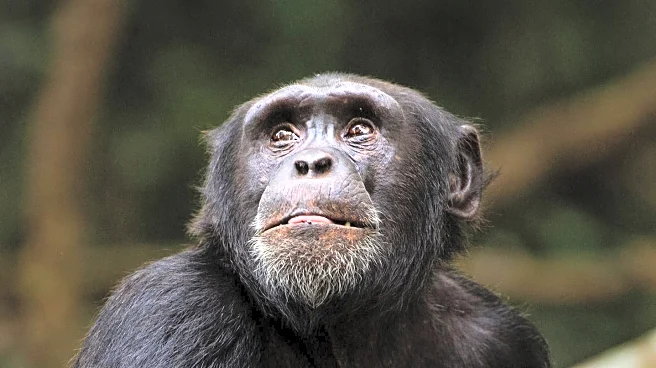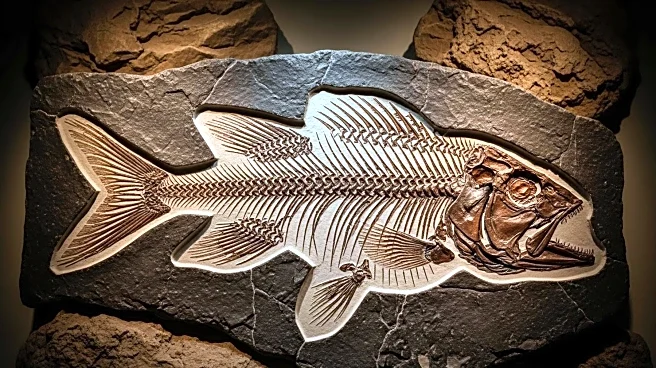What is the story about?
What's Happening?
The Tropical Agricultural Research and Higher Education Center (CATIE) in Costa Rica has announced the recognition of two new coffee species, Coffea dewevrei and C. klainei, previously thought to be part of the liberica species. This discovery, published in Nature Plants, increases the total number of recognized coffee species from 131 to 133. CATIE's International Coffee Collection, which has conserved these species since the 1950s, plays a crucial role in this development. The collection holds nearly 2,000 different types of coffee plants, serving as a vital resource for research and conservation. William Solano, a researcher at CATIE, emphasized the significance of this reclassification for coffee breeding, particularly in the context of climate change. The newly recognized species exhibit promising agronomic traits and superior taste qualities, making them potential candidates for developing climate-resilient coffee hybrids.
Why It's Important?
This development is significant for the global coffee industry, which relies heavily on a limited number of coffee species. The recognition of new species enhances the genetic diversity available for breeding programs, which is crucial for developing varieties that can withstand climate change and other environmental challenges. This could lead to more resilient coffee plants, benefiting farmers by providing crops that are better suited to changing conditions. Additionally, the potential for improved taste qualities in these new species could enrich the diversity of flavors available to consumers, potentially expanding market opportunities. The conservation efforts by institutions like CATIE are vital for maintaining the genetic resources necessary for the future sustainability and innovation of the coffee industry.
What's Next?
The recognition of these new species opens up opportunities for further research and breeding programs aimed at developing new coffee hybrids. CATIE and other genebanks will continue to play a critical role in conserving coffee genetic resources, ensuring their availability for future research and development. Collaboration with the private sector, including coffee companies and traders, will be essential to support these conservation efforts. By investing in the preservation of coffee diversity, the industry can secure a sustainable and innovative future for coffee production. As the global coffee market continues to evolve, the integration of these new species into breeding programs could lead to significant advancements in coffee cultivation and quality.
Beyond the Headlines
The discovery of new coffee species highlights the importance of biodiversity in agriculture and the role of genebanks in preserving genetic resources. This development underscores the need for a coordinated global strategy to conserve coffee diversity, involving both public and private stakeholders. The recognition of these species also raises awareness about the potential of underutilized crops and the need to explore their genetic potential. As climate change poses increasing challenges to agriculture, the conservation of diverse genetic resources becomes even more critical for ensuring food security and sustainability.
AI Generated Content
Do you find this article useful?
